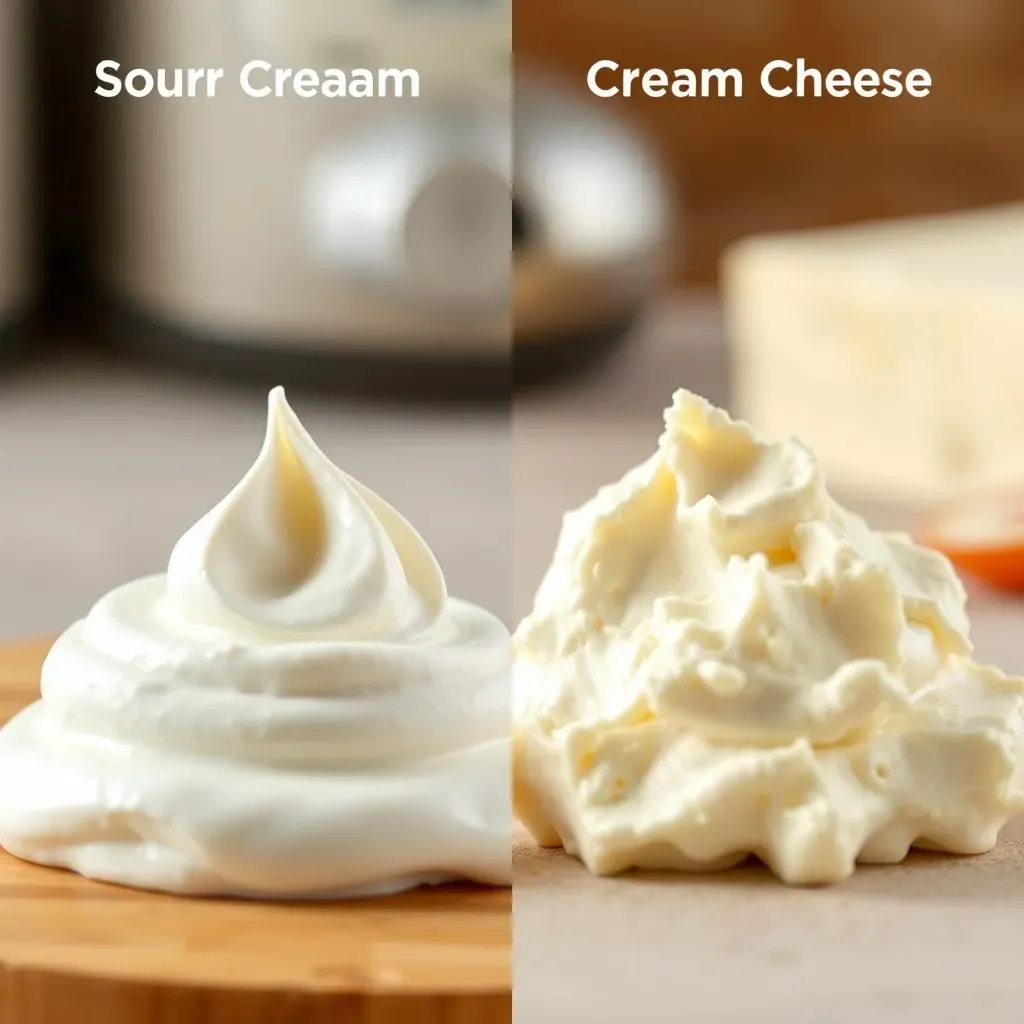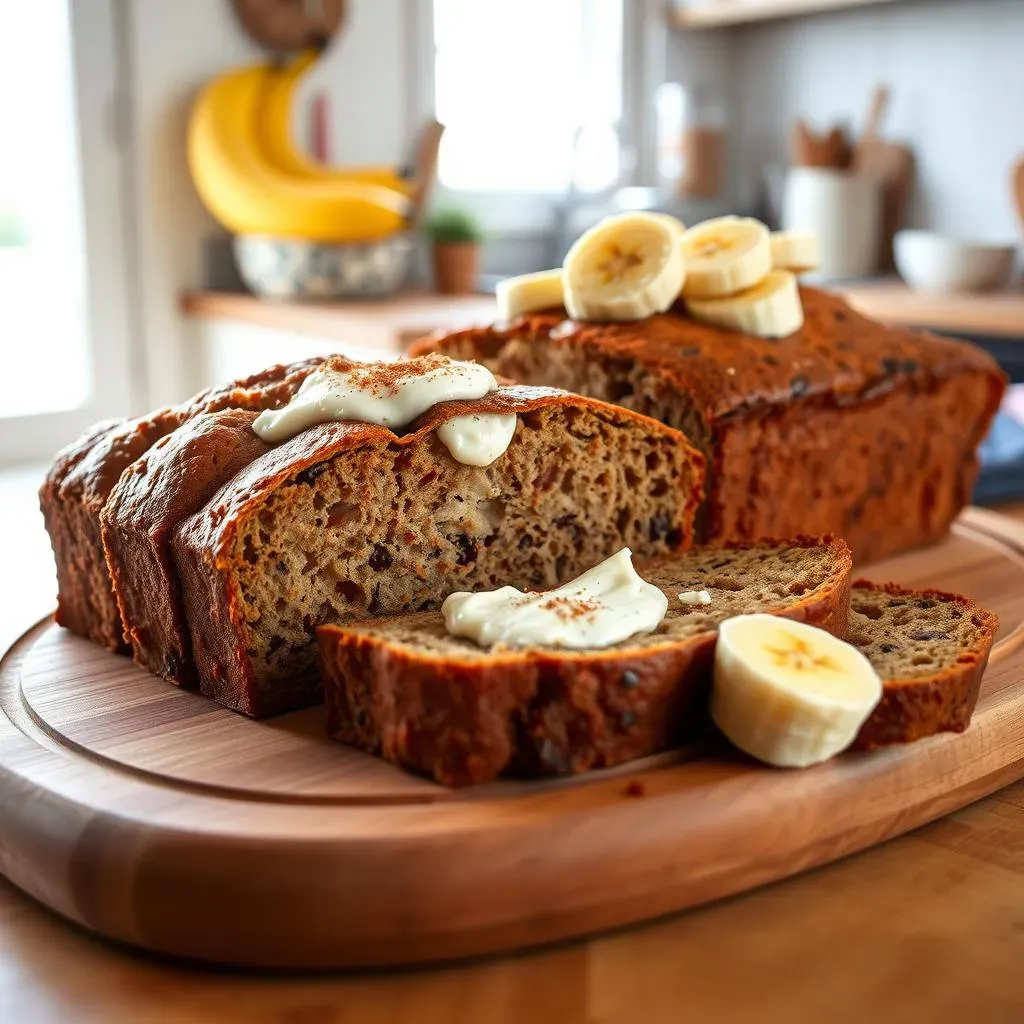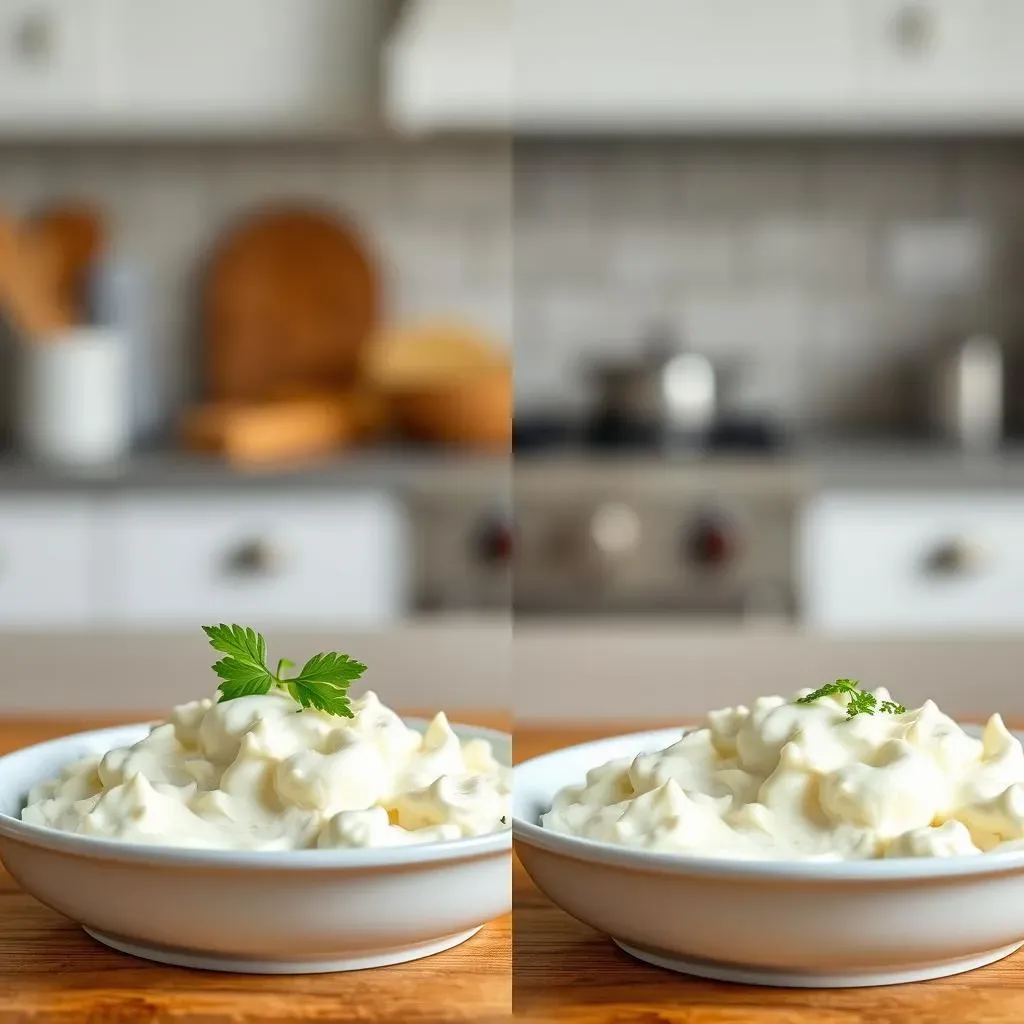Table of Contents
Ever stared blankly at a recipe, realizing you're out of sour cream? The question pops into your head: "Can you substitute sour cream with cream cheese?" It's a common baking and cooking dilemma, and the answer isn't always a simple yes or no. This article will equip you with the knowledge to confidently navigate this culinary conundrum. We'll explore the key differences between sour cream and cream cheese—texture, taste, and fat content—to understand why a direct swap isn't always ideal. Then, we'll dive into specific recipes where a cream cheese substitution for sour cream actually works wonders, and, equally importantly, where it spectacularly fails. We'll provide practical, real-world examples and offer troubleshooting advice for when things don't go as planned. By the end, you'll be a sour cream substitution expert, ready to tackle any recipe with confidence, knowing when cream cheese is a worthy stand-in and when it's best to stick to the original ingredient. Let's get started!
Can You Substitute Sour Cream with Cream Cheese? Texture and Taste Differences

Can You Substitute Sour Cream with Cream Cheese? Texture and Taste Differences
Sour Cream's Tangy Charm
Let's talk texture first. Sour cream boasts a smooth, almost pourable consistency. It's light and airy, perfect for adding a creamy richness without weighing down a dish. Think of the delicate fluffiness it brings to a potato topping or the subtle tang it lends to a creamy dip. Its flavor profile is distinctly sour, thanks to the fermentation process. This tanginess is what makes it a star in many recipes, providing a delightful contrast to richer or sweeter elements.
Now, imagine substituting that light, airy texture with something... denser. That's where cream cheese comes in. It's a completely different beast. It's thick, almost spreadable like butter, and lacks that characteristic sourness.
Ingredient | Texture | Flavor |
|---|---|---|
Sour Cream | Smooth, pourable, light | Tangy, slightly acidic |
Cream Cheese | Thick, spreadable, dense | Mild, creamy, slightly sweet |
Cream Cheese: A Different Kind of Creamy
Cream cheese, on the other hand, offers a rich, almost buttery mouthfeel. Its texture is far denser and less fluid than sour cream. Think of the luxurious creaminess of a cheesecake or the satisfying richness it adds to a bagel. The flavor is milder, often described as creamy and subtly sweet, a far cry from sour cream's sharp tang. This mildness can be an advantage in certain dishes, where a less assertive flavor is preferred. However, this also means it lacks the signature tang that sour cream brings to the table.
The key takeaway here is that while both are "creamy," their textures and flavors are vastly different. This difference is crucial when considering a substitution. Using cream cheese instead of sour cream will almost certainly alter the final product's texture and taste. Sometimes, that's okay; other times, it's a recipe for disaster.
- Sour cream is fermented, giving it a tangy flavor.
- Cream cheese is not fermented, resulting in a milder taste.
- Consider the desired texture and flavor before substituting.
Recipes Where Cream Cheese Replaces Sour Cream Successfully

Recipes Where Cream Cheese Replaces Sour Cream Successfully
Cream Cheese in Baked Goods: A Surprisingly Good Swap
Believe it or not, cream cheese can be a surprisingly effective substitute for sour cream in certain baked goods. The denser texture of cream cheese doesn't always translate negatively; in fact, it can even enhance the final product. Think of recipes where a rich, dense texture is desirable, such as muffins, quick breads, or even certain cakes. The cream cheese adds a subtle sweetness and a lovely moistness that complements the other flavors. Because the baked good is going to be cooked, the lack of sourness in the cream cheese isn't as noticeable.
For instance, in a banana bread recipe, swapping sour cream for cream cheese often results in a denser, richer loaf. The cream cheese adds moisture and a slight sweetness that enhances the banana flavor. Just remember that you might need to adjust the other ingredients slightly, such as adding a little extra liquid to compensate for the cream cheese's thicker consistency. It's all about experimentation and finding the perfect balance!
- Banana bread
- Cornbread
- Muffins (especially those with fruit or chocolate chips)
Cream Cheese in Savory Dishes: When it Works (and When it Doesn't)
While sour cream's tang is a key element in many savory dishes, there are a few exceptions where cream cheese can work. Consider creamy pasta sauces or potato gratins where the cream cheese's richness can add a luxurious feel. However, you'll need to be mindful of the flavor profile. The lack of sourness in cream cheese might mean you need to add a touch of lemon juice or other acidic ingredients to achieve the desired balance. It's also essential to consider the texture. Cream cheese's density might make the dish heavier than if you'd used sour cream.
For example, in a creamy pasta sauce, cream cheese can add a velvety texture and a rich mouthfeel. However, you'll likely want to add a splash of lemon juice or white wine vinegar to compensate for the lack of sourness. If you're making a potato gratin, cream cheese can create a luxurious, creamy topping, but again, you might need to add a pinch of something acidic to balance the flavors. Experimentation is key!
Recipe | Success? | Considerations |
|---|---|---|
Creamy Pasta Sauce | Possible (with acid adjustment) | Add lemon juice or vinegar for tang |
Potato Gratin | Possible | Consider texture; might be heavier |
Taco Dip | Generally No | Cream cheese lacks the needed tang |
When Cream Cheese Fails as a Sour Cream Substitute: Troubleshooting Tips

When Cream Cheese Fails as a Sour Cream Substitute: Troubleshooting Tips
The Texture Troubles
Let's face it: sometimes, cream cheese just doesn't cut it. Its dense texture can wreak havoc in recipes relying on sour cream's lightness and pourability. Think of pancakes or waffles—that airy fluffiness is largely thanks to the sour cream. Replacing it with cream cheese results in dense, heavy cakes that are far from the light and fluffy ideal. The same goes for dips and dressings; cream cheese's thickness can make them overly heavy and less appealing.
The issue often stems from cream cheese's higher fat content and lack of moisture compared to sour cream. This makes it difficult to incorporate smoothly into recipes that require a certain level of fluidity. To combat this, you might try thinning the cream cheese with milk or buttermilk, but this can lead to other problems, such as altering the flavor profile. Ultimately, in many cases, the best solution is to simply avoid using cream cheese as a substitute and stick to the original recipe.
- Pancakes and Waffles: Avoid cream cheese substitution.
- Dips and Dressings: Cream cheese can make these too thick.
- Thinning cream cheese with milk can alter the flavor.
Flavor Faux Pas: When Mild Just Isn't Right
Sour cream's characteristic tang is a key element in many dishes, providing a necessary counterpoint to richer flavors or sweetness. Cream cheese, with its mild and sometimes subtly sweet taste, simply cannot replicate this. In recipes where that tang is crucial, using cream cheese will result in a bland and unbalanced final product. Imagine a taco dip or a creamy tomato soup—the lack of sourness from the cream cheese would leave these dishes lacking a crucial element of their flavor profile.
There's no easy fix for this. While you can try adding lemon juice or vinegar to compensate for the missing tang, this can lead to an off-putting artificial taste. In many cases, it's best to simply accept that cream cheese isn't a suitable replacement for sour cream in dishes that rely on that sharp, acidic flavor. It's better to stick with the original recipe or find an alternative sour cream substitute altogether. Sometimes, a good recipe is worth the extra trip to the grocery store!
Recipe | Problem with Cream Cheese Substitution | Solution |
|---|---|---|
Taco Dip | Missing tang, bland flavor | Use sour cream or another substitute |
Creamy Tomato Soup | Lack of acidity, unbalanced flavor | Use sour cream or add a small amount of lemon juice (cautiously) |
Tzatziki Sauce | Cream cheese lacks the necessary sharpness | Use plain yogurt or Greek yogurt |